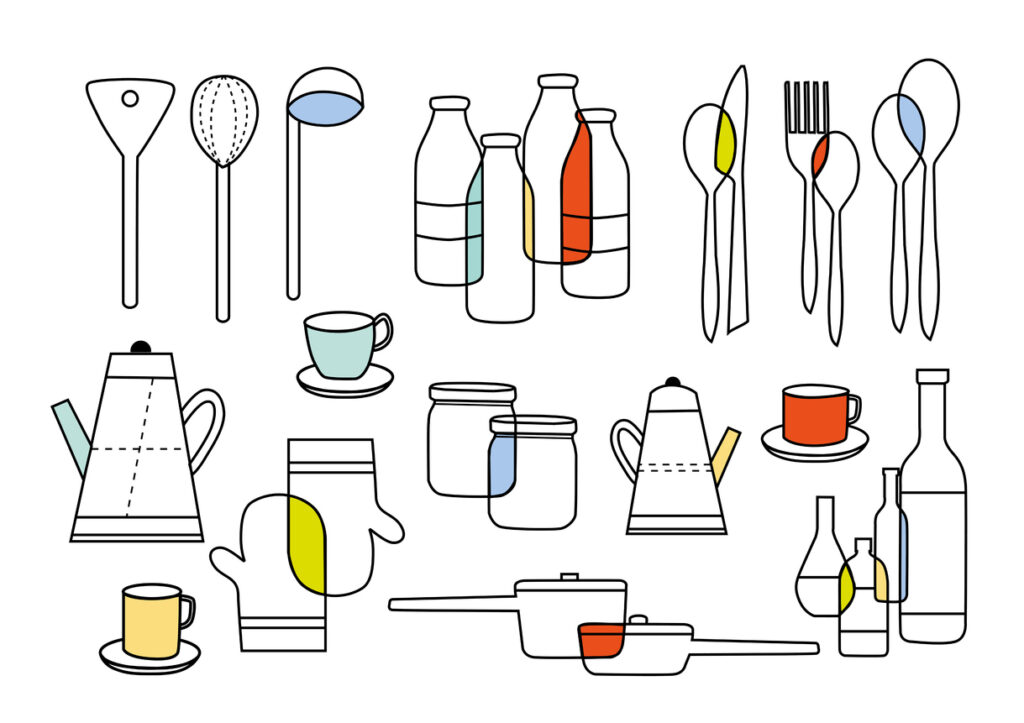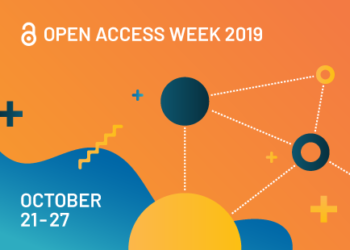Continuing our Kitchen Essentials series of interviews with leaders of infrastructure organizations, today we are hearing from Wendy Queen, Director, Project MUSE, a leading provider of digital humanities and social science content for the scholarly community around the world. Currently, Project MUSE hosts more than 800 journals and over 100,000 books from some 400 leading university presses, scholarly societies, and related publishers.
Please tell us a bit about yourself — your role at Project MUSE, how you got there, and why you embarked on a career in research infrastructure.
As director of Project MUSE at Johns Hopkins University Press, I have a genuine enthusiasm for blending technology with the richness of the humanities. I began on this path at the University of Baltimore, where I studied the intersection of information arts and technologies within a publishing program. It was there that I had the privilege of being mentored by Stuart Moulthrop, whose groundbreaking work in hypertext captivated me. Stuart’s editorial endeavors included one of the first digital-only humanities journals, Postmodern Culture, which ignited a spark in me. Following the journal, which is published by Hopkins Press, led me to Project MUSE.
Decades after grad school, I still find every day at MUSE challenging and inspiring. I consider myself incredibly lucky to have had the opportunity to build the MUSE community of publishers, libraries, and users.
What do you like most and least about working in research infrastructure?
What I like best is how research infrastructure enables researchers to push the boundaries of knowledge, develop innovative solutions, and address pressing societal issues, ultimately shaping the trajectory of scholarly advancement and societal development. Additionally, the dynamic nature of the work and the chance to collaborate with experts from diverse disciplines and organizations is fulfilling. The humanities need more champions and the infrastructure to support their impact and amplify their value.
On the flip side, the challenges of maintaining and upgrading research infrastructure can be demanding because the humanities do not always come first. Securing funding, navigating bureaucratic processes, and dealing with technical issues can be challenging. Moreover, the long timelines associated with infrastructure projects can test patience, as solutions may not be immediate. However, despite these challenges, the potential impact on progress outweighs the drawbacks.
Based on your own experiences, what advice would you give someone starting, or thinking of starting, a career in research infrastructure?
My best advice for a newcomer is to bring your ideas and curiosity. The community is open to new pathways and perspectives. We need more voices and diverse members to strengthen our views.
What sort of infrastructure does MUSE provide, and who are your users?
For nearly 30 years, Project MUSE has been a leading provider of digital humanities and social science content for the world. We offer online access to a vast collection of peer-reviewed academic journals, ebooks, and open access content from various publishers and scholarly societies. We partner with more than 400 nonprofit publishers to provide services and access to content while reducing as many barriers to participation as possible for our publishers, libraries, and users. We began as a partnership with Sheridan Libraries and remain embedded in the university infrastructure as part of a university press.
How is MUSE sustained financially?
MUSE is 100% self-sustaining. For 30 years, we have returned over 75% of revenues to our participating publishers while keeping costs low and predictable for libraries. We have operated for many years with traditional subscription models, and in 2025 we are aiming to convert more than 100 journal titles to open access through the S2O (Subscribe to Open) model.
MUSE is strongly committed to returning as much of our revenue to our publishers as possible. A number of our partner publishers depend on the MUSE revenue to stay financially stable.
As the leader of a research infrastructure organization, what do you think are the biggest opportunities we’ve not yet realized as a community — and what’s stopping us?
As part of the nonprofit community, we need more collective action to achieve scale. Realizing the opportunities offered by research infrastructure requires strategic leadership and sustained investments across academia. Fostering partnerships across academia and industry can increase innovation while reducing redundancy.
Making research infrastructure accessible to researchers from diverse backgrounds and geographic locations democratizes access to knowledge and promotes inclusivity. However, existing disparities in funding, infrastructure, and access to education may keep us from achieving scale and supporting inclusivity. Implementing policies and initiatives that prioritize accessibility, diversity, equity, and inclusion can help mitigate these disparities.
Looking at your own organization, what are you most proud of, and what keeps you awake at night?
Without hesitation, I am most proud of the community MUSE has built around the humanities and social sciences. This community starts with the amazing 30 talented staff at MUSE and is completed by the global support we have from institutions, publishers, and users. We have never wavered from our mission and are always eager to advance it.
Sadly, I really do stay awake at night thinking about how to advance our strategies more quickly. I worry that humanities content will not be as accessible as STEM and that greater access inequalities will emerge. This will potentially reduce possibilities for collaboration across disciplines. Efforts to promote open access across all disciplines could help mitigate these disparities and foster a more inclusive and collaborative landscape.
To add to the sleeplessness, the economic challenges surrounding the humanities are a constant concern. As programs and enrollments are decreasing, the need to champion the humanities and create more interoperability across disciplines increases.
What impact has/does/will AI have on MUSE?
MUSE is exploring the operational efficiencies of AI so that we can lower costs and therefore return even more to our publishing partners and the broader community. I’m particularly excited by the prospect of AI creating more accessible pathways for using and exploring the content in MUSE, including novel or unique methods for search and discovery. Given that MUSE is an aggregation, there’s great potential for using AI to discover new patterns in the content.
To support the use of AI, MUSE may need to adapt the approach to metadata for greater compatibility. For example, at this early stage, as AI model developers are exploring how best to prepare content for AI, they are identifying the need for more structural metadata to find patterns or connections and more administrative metadata to better understand rights.
What changes do you think we’ll see in terms of the overall research infrastructure over the next five to ten years, and how will these changes impact the kinds of roles you’ll be hiring for at MUSE?
Historically, the most effective infrastructure is ubiquitous and seamless. Open infrastructure has proven more useful for adoption and extensibility. However, I believe we won’t achieve this type of infrastructure without collective action and greater collaboration. The internet and the web are important reminders of the value of collective action and openness.
Organizations like MUSE depend on collaborations with other organizations such as Portico, BioOne, Crossref, and NISO to develop and strengthen the infrastructure. How such organizations evolve in the face of developments such as public access memoranda and the responses of federal funding agencies (including the National Endowment for the Humanities) and the advancement of AI will be critical for MUSE.
We at MUSE hope to represent and learn from our community of libraries and publishers, humanists and social scientists, and anyone who cares about understanding the human condition in the next five to ten years and beyond. Through this type of engagement, we will learn what new roles are necessary to affirm and develop MUSE’s important place within the scholarly ecosystem.




